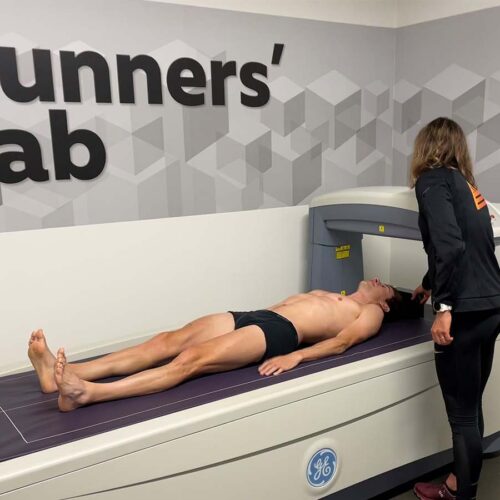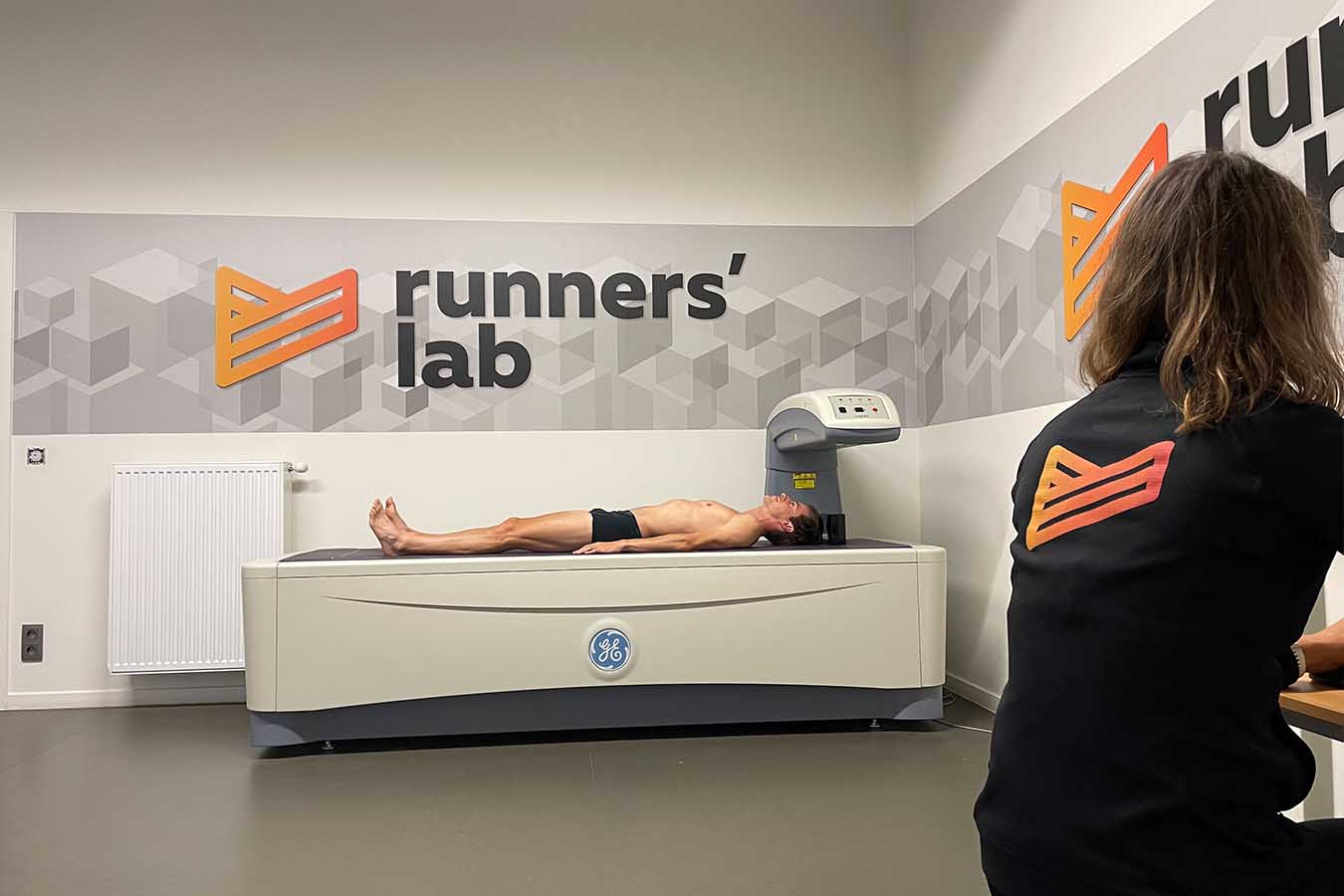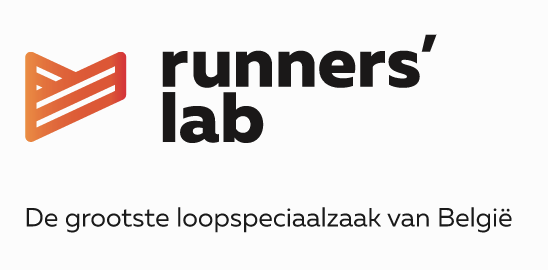How much muscle mass does your body consist of? How strong is your bone structure? Do you have a leg length discrepancy? These are just some of the questions the DEXA scanner will give you an answer to. Read here what this device has to offer.
What is the DEXA scan for?
Dual Energy X-ray Absorptiometry. Voila, we have had the most difficult word in this text. DEXA or DXA scanner, does that mean anything to you? Chances are, because these abbreviations are often used when talking about this device and its accompanying X-ray technology. But what exactly is such a DEXA scan for? Or why make an appointment for it?
Simply put, a DEXA scanner measures your body composition and bone density. In addition, the device also determines whether your legs are the same length. If not, the DEXA scan can also measure exactly how big that leg length discrepancy is. How it collects that data about your body? By emitting X-rays of very low energy. Through these rays, it differentiates between your soft tissues (e.g., tendons, ligaments, connective tissue, muscles…) and your bones. The difference between lean mass (such as muscle mass) and fat mass is also observed this way. All you have to do is lie as still as possible on the scanning plate while a mechanical arm moves slowly over you. The scan provides you with a comprehensive report on all these issues in less than 15 minutes.
Find out more about your body composition
The DEXA measurement tells you what percentage of your entire body is fat, muscle and bone. Moreover, the DEXA scanner also divides your body into different compartments such as your arms, legs, torso… This way you can easily compare different parts of your body, your left and right leg for example. In all these compartments, it also measures the fat mass present there. This will give us an accurate and complete picture of your internal fat mass, a value that is also relevant from a health perspective.
Find out how strong your bones are
We told you above, a DEXA scanner also determines your bone density. It is a measure of the strength of your bones. Thus, higher bone density, indicating stronger bones, will reduce the risk of fractures. But unfortunately, the rule is also: the older you get, the harder your bone strength declines. So how strong your bones are today is very important for the future. Do you need to take extra calcium and vitamin D? Or should you splurge on an impact sport to compensate for lower bone density? The DEXA scan gives you initial insight into the strength of your bones.
Track your progress
The DEXA scan is the gold standard for measuring body composition. It perceives changes, however small, in your body composition and bone density. So ideal for tracking your progress if you want to lose weight, gain muscle mass, lose fat mass or, in short, pursue a healthier/stronger body. It is valuable info, both for athletes and non-athletes.
Extra interesting for athletes: you can compare muscle mass in different body compartments. As an example, if your muscle mass is asymmetrically distributed throughout your body, it can eventually lead to injury. So this measurement gives you more insight into how to address that asymmetry. Something that athletes such as Mathieu van der Poel, Isaac Kimeli, Koen Naert, Nafi Thiam and Ceylin Alvarado were already eager to take advantage of, as they already stopped by Runners’ lab for a DEXA scan.
A small leg length discrepancy, big implications?
A leg length discrepancy can be a possible cause of back, hip, knee… complaints. No one specific complaint can be linked to a leg length difference, but the symptoms are usually on the same side of the body. So extra important to check this out. Your femur (upper leg) and tibia (lower leg) are measured separately, both left and right. With these results we determine the total length of your leg and can perfectly reveal if there is a leg length discrepancy and where that difference occurs. To determine this as accurately as possible, as for measuring body composition, we ask you to sit on the scanning plate in your underwear.
What should I take into account when I come in for a DEXA scan?
Curious about your body composition? The most accurate results are obtained by scanning your body when you have not yet eaten or exercised. So finishing another quick workout before your appointment is best not done. We also recommend to come with a sober stomach. Why? A meal or workout can slightly affect the result since your hydration status exerts a rather large role on the measurement. When determining bone density or a leg length difference, this plays no role. What does play a role is your clothing. The best results are obtained if you are scanned in underwear. Although light sportswear, such as shorts and T-shirts is definitely an option as well. What your outfit should definitely not include are zippers, buckles, straps, buttons or bras with underwire. Even “heavy” clothing, like jeans, is not recommended. Are you pregnant? Then postpone your scan until after the birth.
Is your interest piqued? Then you can visit our Prolab in the Runners’ branch in Zwijndrecht by appointment. Here you can read about all the possibilities in our Prolab. Contact us via WhatsApp Live Chat, by phone or by mail to schedule an appointment. Any questions? Then go through our FAQ section.

FAQ
Is the radiation in a DEXA scan harmful?
The radiation dose from a DEXA scan is low (0.001 mSv). Much lower than a standard X-ray. The dose can be compared to the amount of radiation you are exposed to on a daily basis.
Is this only of interest to athletes?
No, definitely not. Anyone who wants to gain more insight into their body composition and bone density can and may have a DEXA scan. It is also relevant info for non-athletes that can help with dieting or pursuing a healthy(er) body. It’s also a good way to watch your progress.
Can anyone have this scan done?
Yes, with the exception of women who are (possibly) pregnant. For ladies who are breastfeeding, it is no problem at all. However, in individuals with orthopedic metal devices within the scanning field, estimates of bone density are difficult to assess.
Do you need a prescription to have a DEXA scan done?
No, you do not need a prescription for a DEXA scan. Both for determining your bone density, your body composition as well as your leg length difference is not necessary.
What does bone density mean?
Bone density means the strength of your bones. You can make your bones stronger by engaging in impact sports such as running and/or by taking in enough calcium and vitamin D. The older you get, the more bone density naturally decreases and the bigger the risk of fractures becomes.
Can I come in for a DEXA scan in a moment?
No, for a DEXA scan, we work by appointment only. You can always come to us for an appointment relatively quickly. Make an appointment by contacting us via our WhatsApp Live Chat (+32 479 05 65 99), the appointment platform or by email (info@runnerslab.be).
What should I wear for a DEXA scan?
The best results are obtained if you are scanned in underwear. Light sportswear, such as shorts and T-shirts, can also be worn if preferred. What your outfit should definitely not include are zippers, buckles, straps, buttons or bras with underwire. Even “heavy” clothing, like jeans, is not recommended.
Where can I have a DEXA scan performed?
You can do so at the Runners’ lab store in Zwijndrecht. The other Runners’ lab locations do NOT have a scanner available.
How much does it cost to have a DEXA scan taken?
An appointment to measure your body composition and bone density costs €35. Determining your leg length also costs €35.

